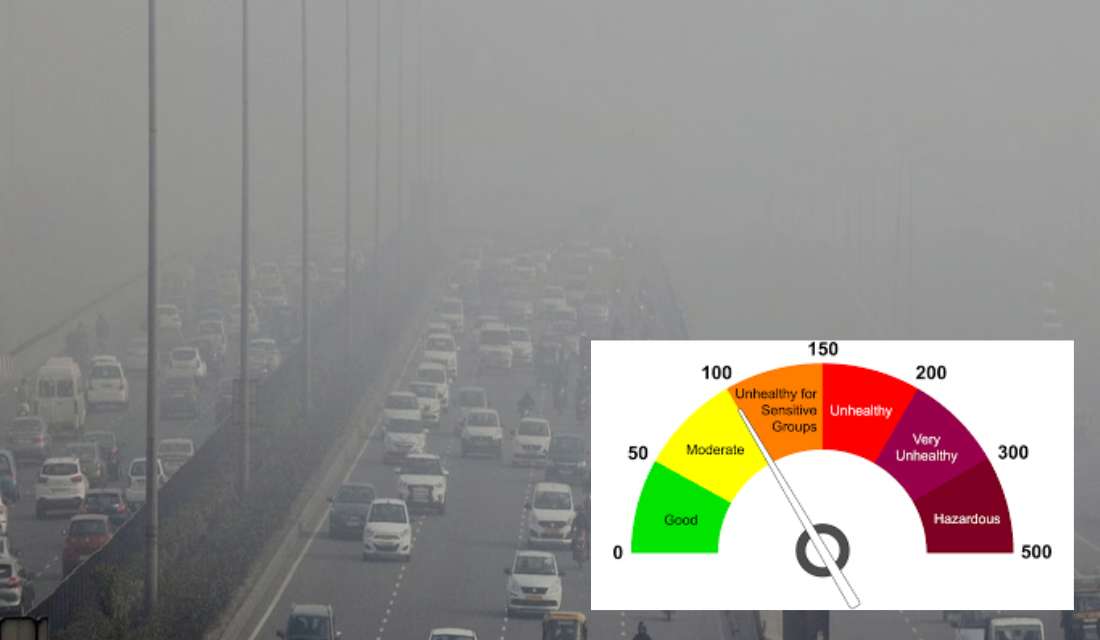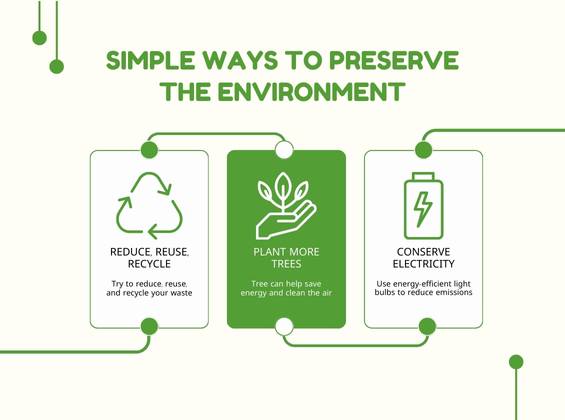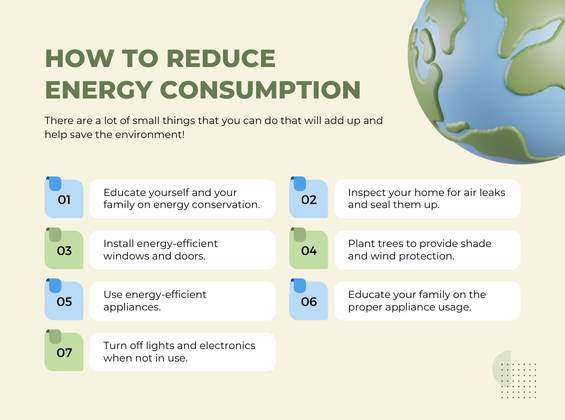
Levels Of Air Pollution And Their Effects On Human Health
Raju was concerned about air quality. He said, “Ravi, the problem of air pollution has become a new challenge to human health. Deterioration in air quality is being seen every year. But, how do we know how bad the air is around us?
“Air quality is measured by the Air Quality Index. The Air Quality Index is an index for reporting daily air quality. It describes how clean or polluted the air is, and the associated health effects that may be of concern.” Ravi replied.
“What is its scale? Can you tell me more, Ravi?” Raju asked.
Ravi said, “AQI is divided into six categories. The AQI scale ranges from 0 to 500. The higher the AQI value, the higher the level of air pollution and the greater the health concern.”
He also added that an AQI value of zero to 50 represents good air quality, 51 to 100 is generally considered satisfactory, 101 to 150 is unhealthy for sensitive groups, 151 to 200 is unhealthy for all, 201 to 300 is very unhealthy and 301 to 500 represents hazardous air quality.
“ Oh, okay. Thanks, Ravi, that was quite insightful. Also, can you tell me what is PM?” Raju said.
Ravi said, “The air quality index number is expressed in terms of particulate matter ie PM10 or PM2.5. PM10 refers to very small particles found in dust and smoke in the air that are 10 micrometers (0.01 mm) or smaller in diameter. According to the Central Pollution Control Board (CPCB) of India, the annual average acceptable limits for PM 2.5 and PM 10 are 40 micrograms per cubic meter and 60 micrograms per cubic meter, respectively.”
“Thanks, Ravi. Let’s check the AQI daily whenever we go out from today onwards.” Raju said.
“Yes, Raju.”



Leave A Comment
Your email address will not be published. Required fields are marked.